Разделы презентаций
- Разное
- Английский язык
- Астрономия
- Алгебра
- Биология
- География
- Геометрия
- Детские презентации
- Информатика
- История
- Литература
- Математика
- Медицина
- Менеджмент
- Музыка
- МХК
- Немецкий язык
- ОБЖ
- Обществознание
- Окружающий мир
- Педагогика
- Русский язык
- Технология
- Физика
- Философия
- Химия
- Шаблоны, картинки для презентаций
- Экология
- Экономика
- Юриспруденция
Managers and Communications
Содержание
- 1. Managers and Communications
- 2. Copyright © 2010 Pearson Education, Inc. Publishing
- 3. Copyright © 2010 Pearson Education, Inc. Publishing
- 4. Copyright © 2010 Pearson Education, Inc. Publishing
- 5. Copyright © 2010 Pearson Education, Inc. Publishing
- 6. Copyright © 2010 Pearson Education, Inc. Publishing as Prentice Hall14–Four Functions of CommunicationFunctions of Communication
- 7. Copyright © 2010 Pearson Education, Inc. Publishing
- 8. Copyright © 2010 Pearson Education, Inc. Publishing
- 9. Copyright © 2010 Pearson Education, Inc. Publishing
- 10. Copyright © 2010 Pearson Education, Inc. Publishing
- 11. Copyright © 2010 Pearson Education, Inc. Publishing
- 12. Copyright © 2010 Pearson Education, Inc. Publishing
- 13. Copyright © 2010 Pearson Education, Inc. Publishing
- 14. Copyright © 2010 Pearson Education, Inc. Publishing
- 15. Copyright © 2010 Pearson Education, Inc. Publishing
- 16. Copyright © 2010 Pearson Education, Inc. Publishing
- 17. Copyright © 2010 Pearson Education, Inc. Publishing as Prentice Hall14–Interpersonal Communication BarriersDefensivenessNational CultureEmotionsInformation OverloadInterpersonal CommunicationLanguageFiltering
- 18. Copyright © 2010 Pearson Education, Inc. Publishing
- 19. Copyright © 2010 Pearson Education, Inc. Publishing
- 20. Copyright © 2010 Pearson Education, Inc. Publishing
- 21. Copyright © 2010 Pearson Education, Inc. Publishing
- 22. Copyright © 2010 Pearson Education, Inc. Publishing
- 23. Copyright © 2010 Pearson Education, Inc. Publishing as Prentice Hall14–Communication FlowsLateral DiagonalDownwa r dUpwa r d
- 24. Copyright © 2010 Pearson Education, Inc. Publishing
- 25. Copyright © 2010 Pearson Education, Inc. Publishing
- 26. Copyright © 2010 Pearson Education, Inc. Publishing
- 27. Copyright © 2010 Pearson Education, Inc. Publishing
- 28. Copyright © 2010 Pearson Education, Inc. Publishing
- 29. Copyright © 2010 Pearson Education, Inc. Publishing
- 30. Copyright © 2010 Pearson Education, Inc. Publishing
- 31. Copyright © 2010 Pearson Education, Inc. Publishing
- 32. Copyright © 2010 Pearson Education, Inc. Publishing
- 33. Copyright © 2010 Pearson Education, Inc. Publishing
- 34. Copyright © 2010 Pearson Education, Inc. Publishing
- 35. Copyright © 2010 Pearson Education, Inc. Publishing
- 36. Copyright © 2010 Pearson Education, Inc. Publishing
- 37. Copyright © 2010 Pearson Education, Inc. Publishing
- 38. Copyright © 2010 Pearson Education, Inc. Publishing
- 39. Copyright © 2010 Pearson Education, Inc. Publishing
- 40. Скачать презентанцию
Слайды и текст этой презентации
Слайд 1Copyright © 2010 Pearson Education, Inc. Publishing as Prentice Hall
14–
Managers
and Communications
Слайд 2Copyright © 2010 Pearson Education, Inc. Publishing as Prentice Hall
14–
Learning
Outcomes Follow this Learning Outline as you read and study this
chapter.14.1 The Nature and Function of Communication
Define communication, interpersonal communication and organizational communication
Discuss the functions of communication.
14.2 Methods of Interpersonal Communication
Describe the components of the communication process.
• Discuss the criteria that managers can use to evaluate
the various communication methods.
List the communication methods managers might use.
Слайд 3Copyright © 2010 Pearson Education, Inc. Publishing as Prentice Hall
14–
Learning
Outcomes
14.3 Effective Interpersonal Communication
• Explain the barriers to effective interpersonal
•
Discuss ways to overcome the barriers to effectiveinterpersonal communication.
14.4 Organizational Communication
• Contrast formal and informal communication.
• Explain communication flow in an organization.
• Describe the three common communication networks.
• Discuss how managers should handle the grapevine.
Слайд 4Copyright © 2010 Pearson Education, Inc. Publishing as Prentice Hall
14–
Learning
Outcomes
14.5 Information Technology and Communication
Describe how technology affects managerial communication.
Explain
how information technology affects organizations.14.6 Communication Issues In Today’s Organization
Discuss the challenges of managing communication in an Internet world.
Explain how organizations can manage knowledge.
Explain why communicating with customers is an important managerial issue.
Explain how political correctness is affecting communication.
Слайд 5Copyright © 2010 Pearson Education, Inc. Publishing as Prentice Hall
14–
What
Is Communication?
Communication
The transfer and understanding of meaning.
Transfer means the message
was received in a form that can be interpreted by the receiver.Understanding the message is not the same as the receiver agreeing with the message.
Interpersonal Communication
Communication between two or more people
Organizational Communication
All the patterns, network, and systems of communications within an organization
Слайд 6Copyright © 2010 Pearson Education, Inc. Publishing as Prentice Hall
14–
Four
Functions of Communication
Functions of
Communication
Слайд 7Copyright © 2010 Pearson Education, Inc. Publishing as Prentice Hall
14–
Functions
of Communication
Control
Formal and informal communications act to control individuals’ behaviors
in organizations.Motivation
Communications clarify for employees what is to done, how well they have done it, and what can be done to improve performance.
Слайд 8Copyright © 2010 Pearson Education, Inc. Publishing as Prentice Hall
14–
Functions
of Communication (cont’d)
Emotional Expression
Social interaction in the form of work
group communications provides a way for employees to express themselves.Information
Individuals and work groups need information to make decisions or to do their work.
Слайд 9Copyright © 2010 Pearson Education, Inc. Publishing as Prentice Hall
14–
Exhibit
14–1 The Interpersonal Communication
Process
Слайд 10Copyright © 2010 Pearson Education, Inc. Publishing as Prentice Hall
14–
Interpersonal
Communication
Message
Source: sender’s intended meaning
Encoding
The message converted to symbolic form
Channel
The medium
through which the message travelsDecoding
The receiver’s retranslation of the message
Noise
Disturbances that interfere with communications
Слайд 11Copyright © 2010 Pearson Education, Inc. Publishing as Prentice Hall
14–
Distortions
in Communications
Message Encoding
The effect of the skills, attitudes, and knowledge
of the sender on the process of encoding the messageThe social-cultural system of the sender
The Message
Symbols used to convey the message’s meaning
The content of the message itself
The choice of message format
Noise interfering with the message
Слайд 12Copyright © 2010 Pearson Education, Inc. Publishing as Prentice Hall
14–
Distortions
in Communications (cont’d)
The Channel
The sender’s choice of the appropriate channel
or multiple channels for conveying the messageReceiver
The effect of skills, attitudes, and knowledge of the receiver on the process of decoding the message
The social-cultural system of the receiver
Feedback Loop
Communication channel distortions affecting the return message from receiver to sender
Слайд 13Copyright © 2010 Pearson Education, Inc. Publishing as Prentice Hall
14–
Interpersonal
Communication Methods
Face-to-face
Telephone
Group meetings
Formal presentations
Memos
Traditional Mail
Fax machines
Employee publications
Bulletin boards
Audio- and videotapes
Hotlines
E-mail
Computer
conferencingVoice mail
Teleconferences
Videoconferences
Слайд 14Copyright © 2010 Pearson Education, Inc. Publishing as Prentice Hall
14–
Evaluating
Communication Methods
Feedback
Complexity capacity
Breadth potential
Confidentiality
Encoding ease
Decoding ease
Time-space constraint
Cost
Interpersonal warmth
Formality
Scanability
Time consumption
Слайд 15Copyright © 2010 Pearson Education, Inc. Publishing as Prentice Hall
14–
Exhibit
14–2 Comparison of Communication Methods
Note: Ratings are on a 1–5 scale
where 1 = high and 5 = low. Consumption time refers to who controls the reception of communication. S/R means the sender and receiver share control.Source: P. G. Clampitt, Communicating for Managerial Effectiveness (Newbury Park, CA: Sage Publications, 1991), p. 136.
Слайд 16Copyright © 2010 Pearson Education, Inc. Publishing as Prentice Hall
14–
Interpersonal
Communication (cont’d)
Nonverbal Communication
Communication that is transmitted without words.
Sounds with specific
meanings or warningsImages that control or encourage behaviors
Situational behaviors that convey meanings
Clothing and physical surroundings that imply status
Body language: gestures, facial expressions, and other body movements that convey meaning.
Verbal intonation: emphasis that a speaker gives to certain words or phrases that conveys meaning.
Слайд 17Copyright © 2010 Pearson Education, Inc. Publishing as Prentice Hall
14–
Interpersonal
Communication Barriers
Defensiveness
National
Culture
Emotions
Information
Overload
Interpersonal Communication
Language
Filtering
Слайд 18Copyright © 2010 Pearson Education, Inc. Publishing as Prentice Hall
14–
Barriers
to Effective Interpersonal Communication
Filtering
The deliberate manipulation of information to make
it appear more favorable to the receiver.Emotions
Disregarding rational and objective thinking processes and substituting emotional judgments when interpreting messages.
Information Overload
Being confronted with a quantity of information that exceeds an individual’s capacity to process it.
Слайд 19Copyright © 2010 Pearson Education, Inc. Publishing as Prentice Hall
14–
Barriers
to Effective Interpersonal Communication (cont’d)
Defensiveness
When threatened, reacting in a way
that reduces the ability to achieve mutual understanding.Language
The different meanings of and specialized ways (jargon) in which senders use words can cause receivers to misinterpret their messages.
National Culture
Culture influences the form, formality, openness, patterns, and use of information in communications.
Слайд 20Copyright © 2010 Pearson Education, Inc. Publishing as Prentice Hall
14–
Overcoming
the Barriers to Effective Interpersonal Communications
Use Feedback
Simplify Language
Listen Actively
Constrain Emotions
Watch
Nonverbal CuesСлайд 21Copyright © 2010 Pearson Education, Inc. Publishing as Prentice Hall
14–
Exhibit
14–3 Active Listening Behaviors
Source: Based on P.L. Hunsaker, Training in Management
Skills (Upper Saddle River, NJ: Prentice Hall, 2001).Слайд 22Copyright © 2010 Pearson Education, Inc. Publishing as Prentice Hall
14–
Types
of Organizational Communication
Formal Communication
Communication that follows the official chain of
command or is part of the communication required to do one’s job.Informal Communication
Communication that is not defined by the organization’s structural hierarchy.
Permits employees to satisfy their need for social interaction.
Can improve an organization’s performance by creating faster and more effective channels of communication.
Слайд 23Copyright © 2010 Pearson Education, Inc. Publishing as Prentice Hall
14–
Communication
Flows
Lateral
Diagonal
Downwa
r
d
Upwa
r
d
Слайд 24Copyright © 2010 Pearson Education, Inc. Publishing as Prentice Hall
14–
Direction
of Communication Flow
Downward
Communications that flow from managers to employees to
inform, direct, coordinate, and evaluate employees.Upward
Communications that flow from employees up to managers to keep them aware of employee needs and how things can be improved to create a climate of trust and respect.
Слайд 25Copyright © 2010 Pearson Education, Inc. Publishing as Prentice Hall
14–
Direction
of Communication Flow (cont’d)
Lateral (Horizontal) Communication
Communication that takes place among
employees on the same level in the organization to save time and facilitate coordination.Diagonal Communication
Communication that cuts across both work areas and organizational levels in the interest of efficiency and speed.
Слайд 26Copyright © 2010 Pearson Education, Inc. Publishing as Prentice Hall
14–
Types
of Organizational Communication Networks
Chain Network
Communication flows according to the
formal chain of command, both upward and downward.Wheel Network
All communication flows in and out through the group leader (hub) to others in the group.
All-Channel Network
Communications flow freely among all members of the work team.
Слайд 27Copyright © 2010 Pearson Education, Inc. Publishing as Prentice Hall
14–
Exhibit
14–4 Three Common Organizational Communication Networks and How
They Rate on Effectiveness CriteriaСлайд 28Copyright © 2010 Pearson Education, Inc. Publishing as Prentice Hall
14–
The
Grapevine
An informal organizational communication network that is active in almost
every organization.Provides a channel for issues not suitable for formal communication channels.
The impact of information passed along the grapevine can be countered by open and honest communication with employees.
Слайд 29Copyright © 2010 Pearson Education, Inc. Publishing as Prentice Hall
14–
Understanding
Information Technology
Benefits of Information Technology (IT)
Increased ability to monitor individual
and team performanceBetter decision making based on more complete information
More collaboration and sharing of information
Greater accessibility to coworkers
Слайд 30Copyright © 2010 Pearson Education, Inc. Publishing as Prentice Hall
14–
Information
Technology (cont’d)
Networked Computer Systems
Linking individual computers to create an organizational
network for communication and information sharing.E-mail
Instant messaging (IM)
Blogs
Wikis
Voicemail
Fax machines
Electronic Data Exchange (EDI)
Teleconferencing
Videoconferencing
Web conferencing
Слайд 31Copyright © 2010 Pearson Education, Inc. Publishing as Prentice Hall
14–
Information
Technology (cont’d)
Types of Network Systems
Intranet
An internal network that uses Internet
technology and is accessible only to employees.Extranet
An internal network that uses Internet technology and allows authorized users inside the organization to communicate with certain outsiders such as customers and vendors.
Wireless (WIFI) capabilities
Слайд 32Copyright © 2010 Pearson Education, Inc. Publishing as Prentice Hall
14–
How
IT Affects Organization
Removes the constraints of time and distance
Allows widely
dispersed employees to work together.Provides for the sharing of information
Increases effectiveness and efficiency.
Integrates decision making and work
Provides more complete information and participation for better decisions.
Creates problems of constant accessibility to employees
Blurs the line between work and personal lives.
Слайд 33Copyright © 2010 Pearson Education, Inc. Publishing as Prentice Hall
14–
Current
Communication Issues
Managing Communication in an Internet World
Legal and security issues
Inappropriate
use of company e-mail and instant messagingLoss of confidential and proprietary information due to inadvertent or deliberate dissemination or to hackers.
Lack of personal interaction
Being connected is not the same as face-to-face contact.
Difficulties occur in achieving understanding and collaboration in virtual environments.
Слайд 34Copyright © 2010 Pearson Education, Inc. Publishing as Prentice Hall
14–
Current
Communication Issues (cont’d)
Managing the Organization’s Knowledge Resources
Build online information databases
that employees can access.Create “communities of practice” for groups of people who share a concern, share expertise, and interact with each other.
Слайд 35Copyright © 2010 Pearson Education, Inc. Publishing as Prentice Hall
14–
Communication
and Customer Service
Communicating Effectively with Customers
Recognize the three components of
the customer service delivery process:The customer
The service organization
The service provider
Develop a strong service culture focused on the personalization of service to each customer.
Listen and respond to the customer.
Provide access to needed service information.
Слайд 36Copyright © 2010 Pearson Education, Inc. Publishing as Prentice Hall
14–
“Politically
Correct” Communication
Do not use words or phrases that stereotype, intimidate,
or offend individuals based on their differences.However, choose words carefully to maintain as much clarity as possible in communications.
Слайд 37Copyright © 2010 Pearson Education, Inc. Publishing as Prentice Hall
14–
Terms
to Know
communication
interpersonal communication
organizational communication
message
encoding
channel
decoding
communication process
noise
nonverbal communication
body language
verbal intonation
filtering
selective perception
information overload
jargon
active
listeningformal communication
informal communication
downward communication
upward communication
Слайд 38Copyright © 2010 Pearson Education, Inc. Publishing as Prentice Hall
14–
Terms
to Know (cont’d)
lateral communication
diagonal communication
communication networks
grapevine
e-mail
instant messaging (IM)
blog
wiki
voicemail
fax
electronic data interchange
(EDI)teleconferencing
videoconferencing
Web conferencing
intranet
extranet
communities of practice
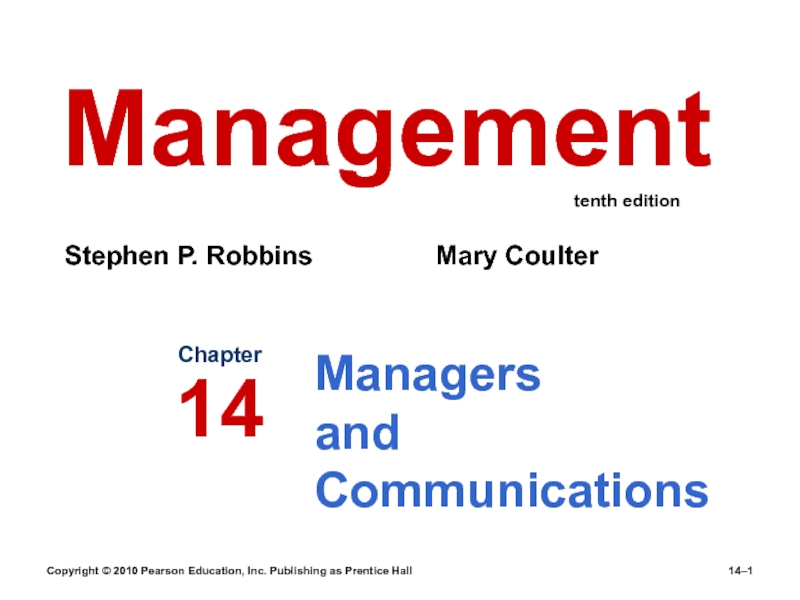
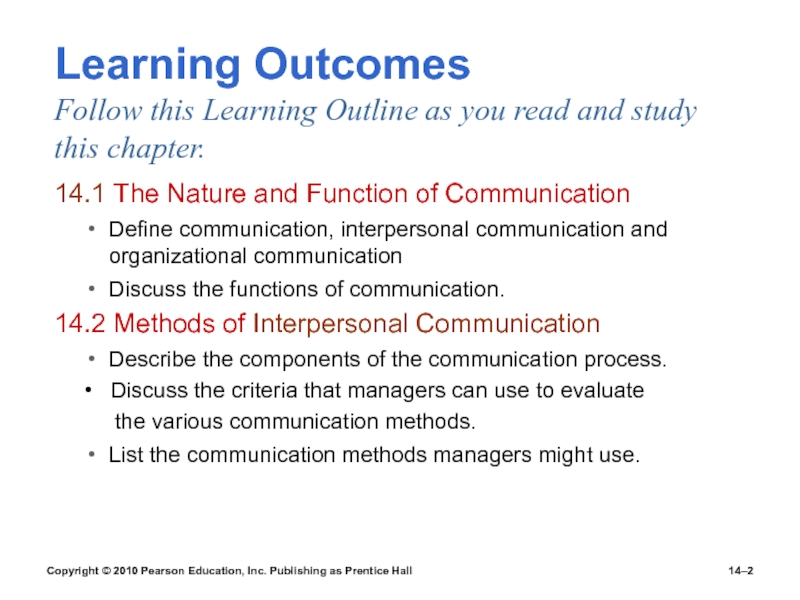
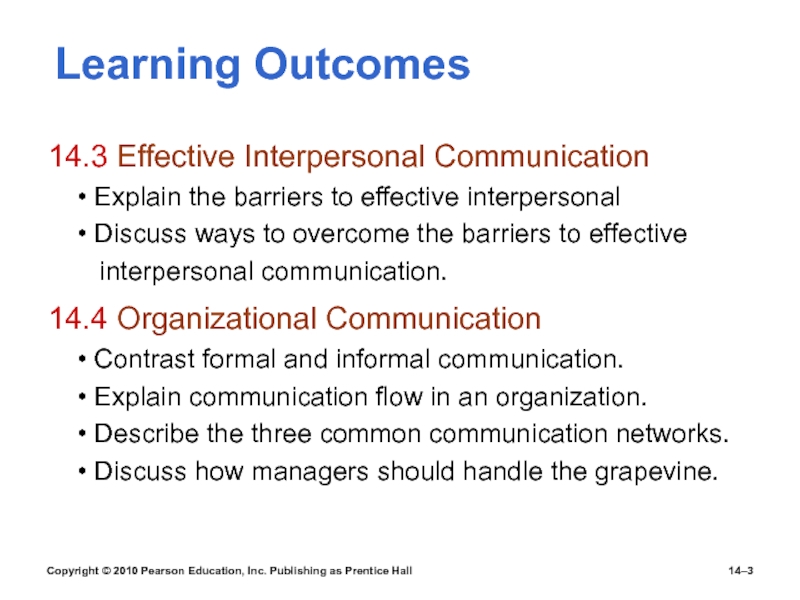
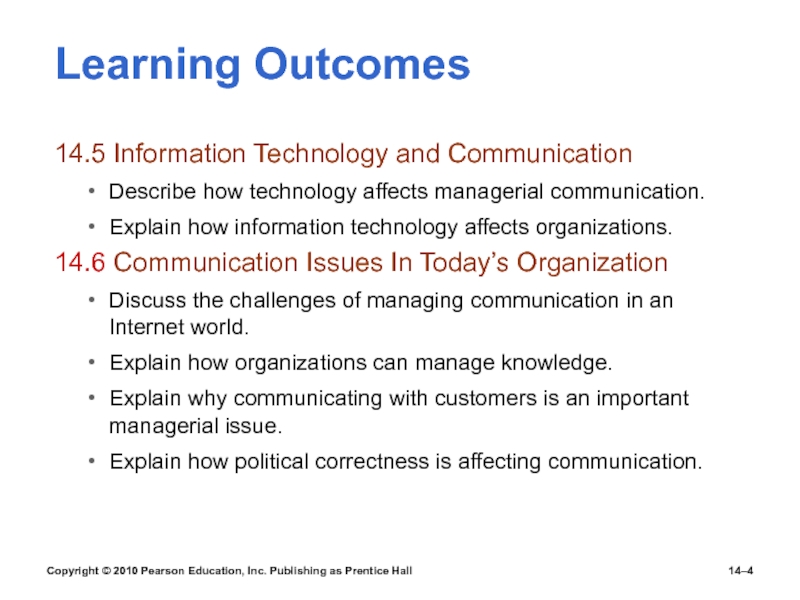
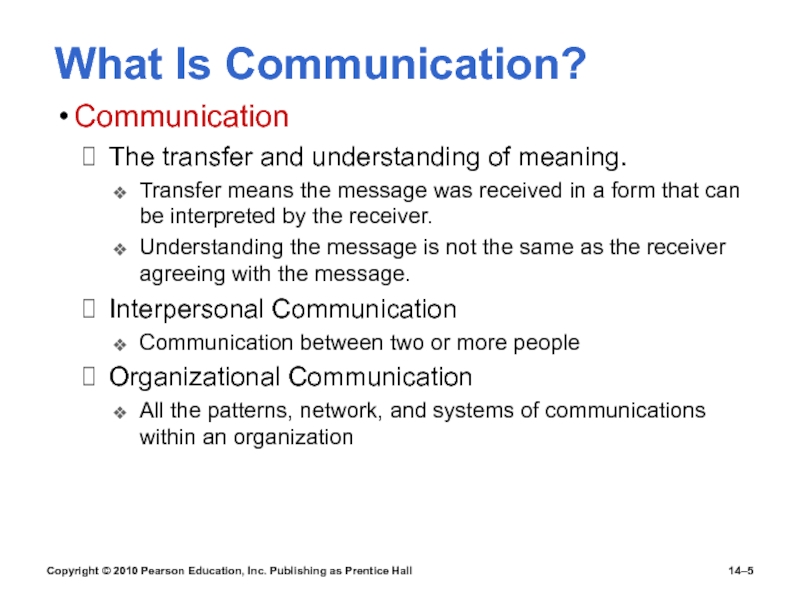
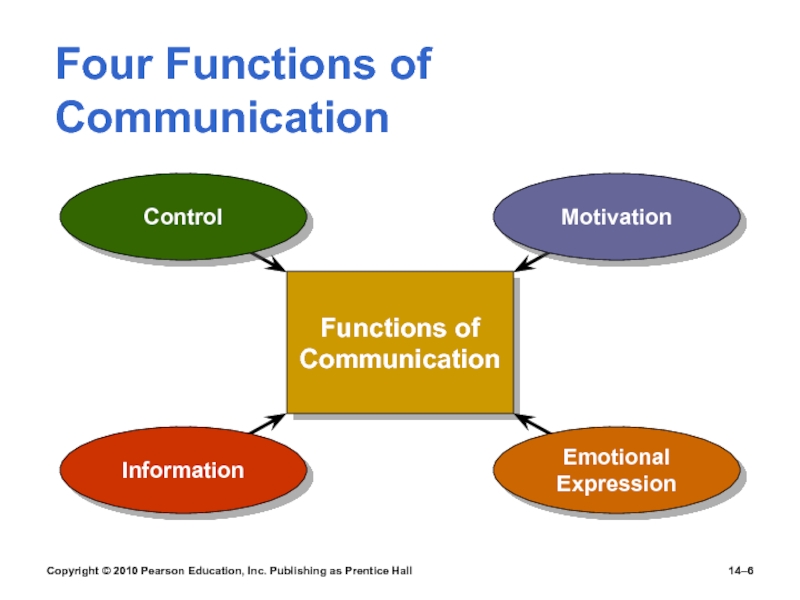

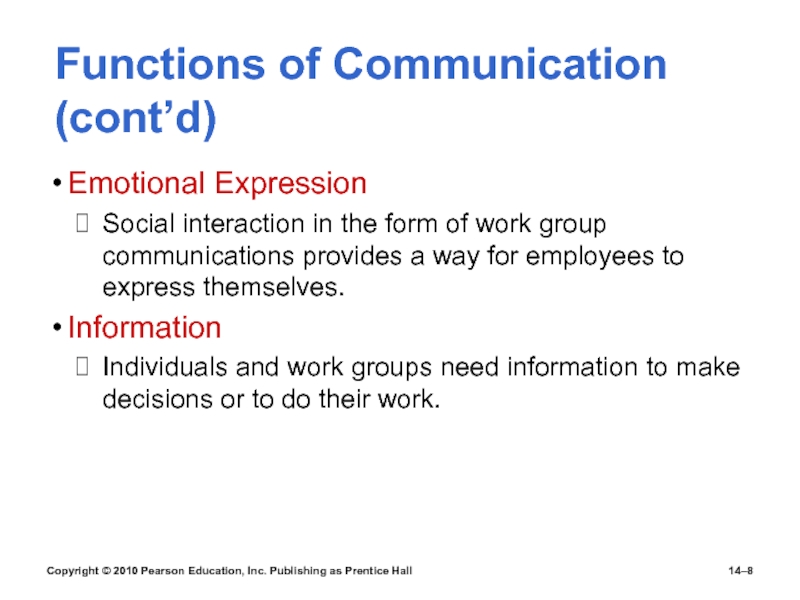
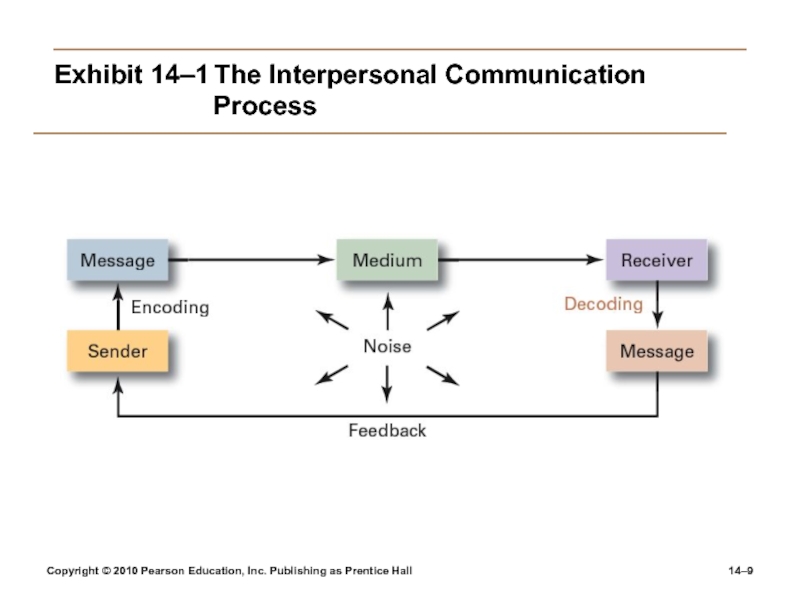
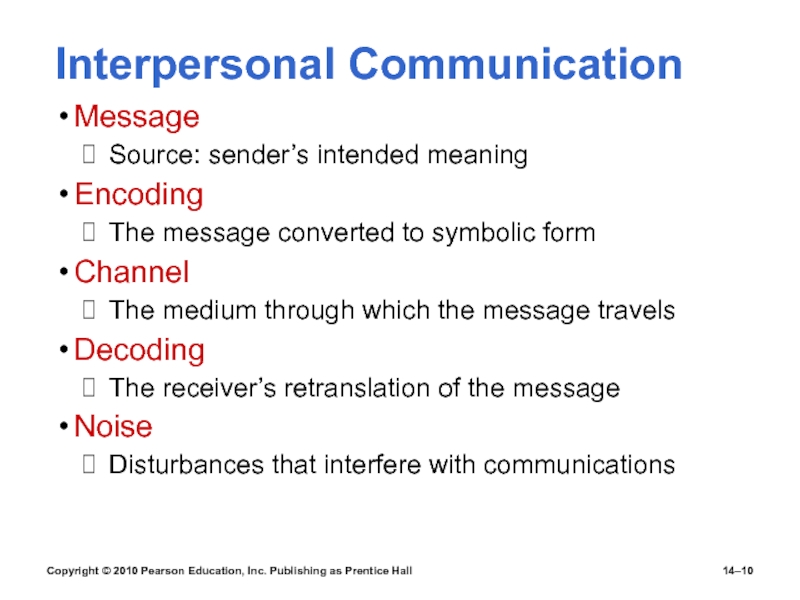
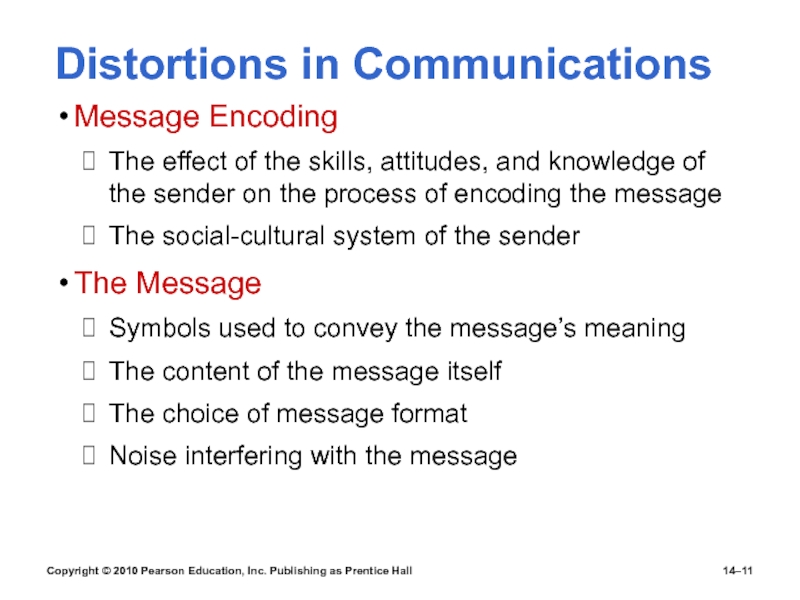
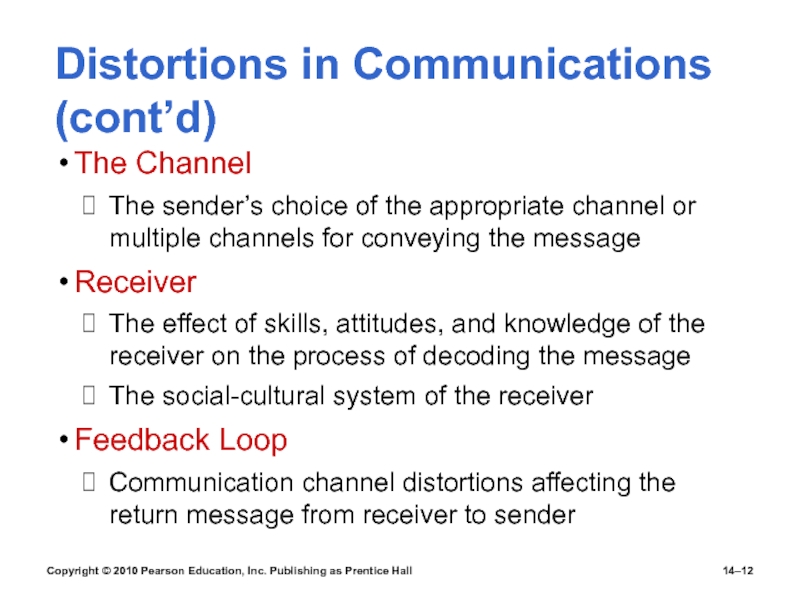
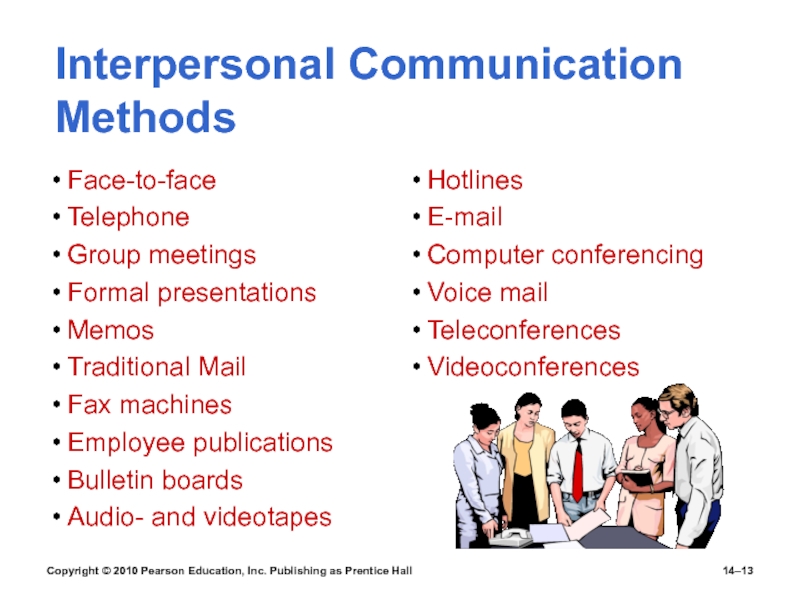

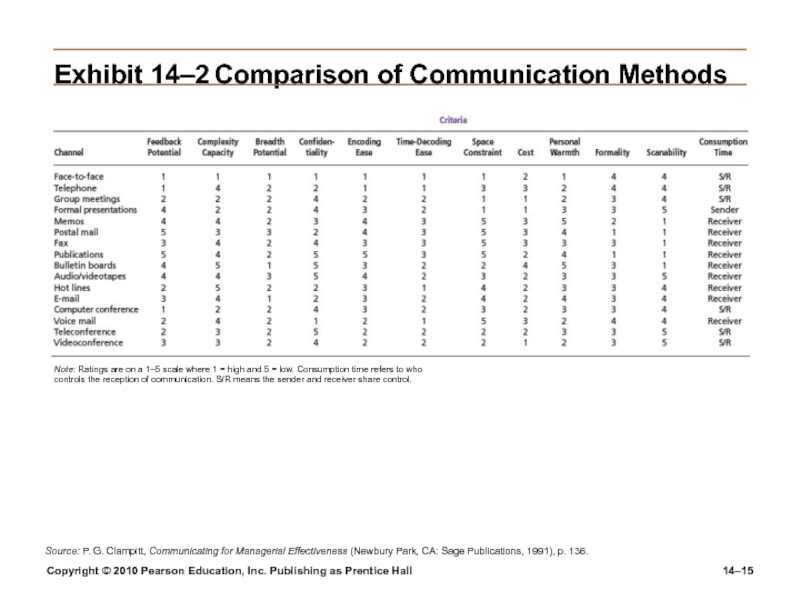


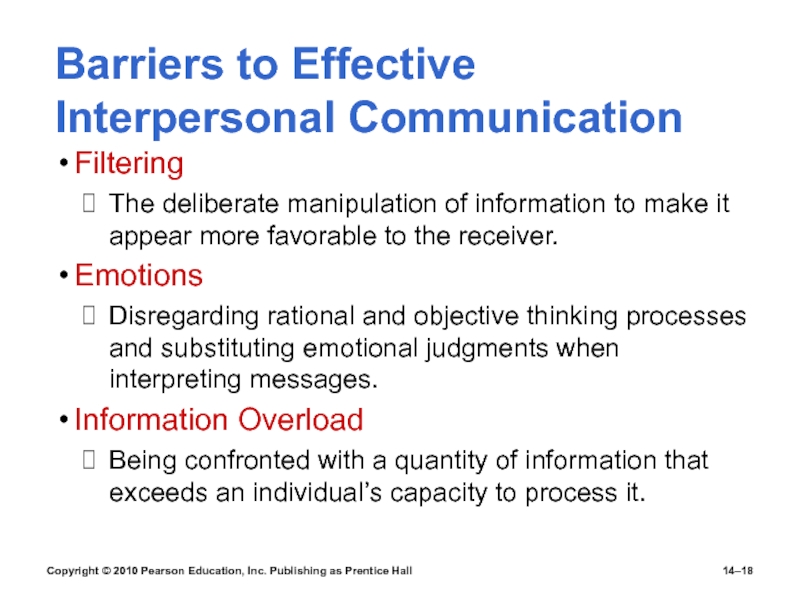

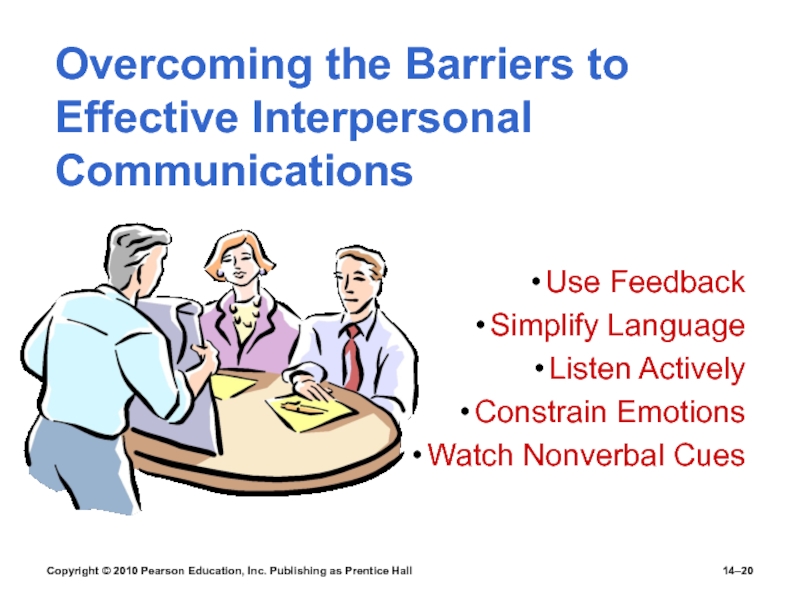

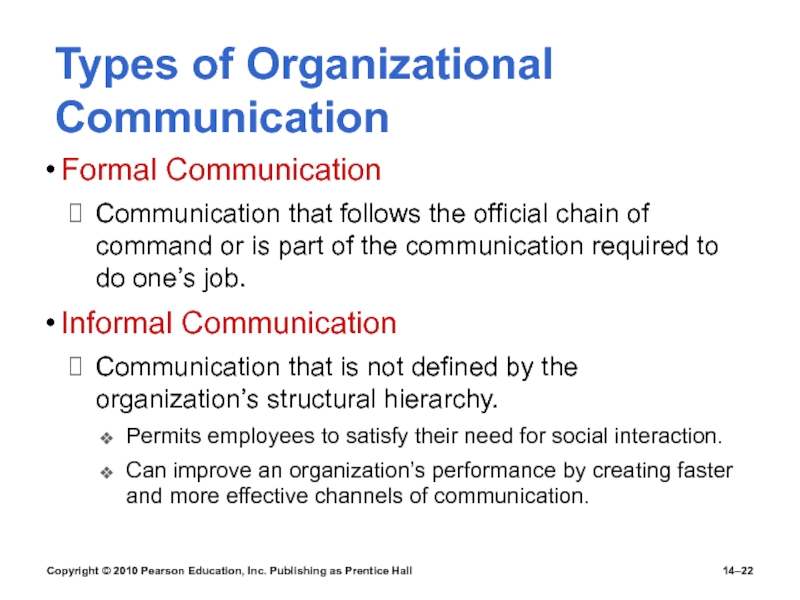

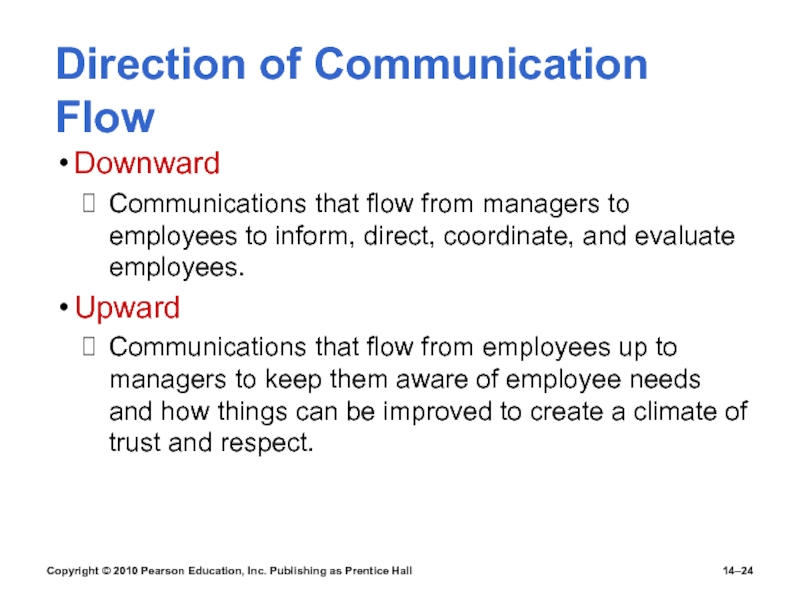

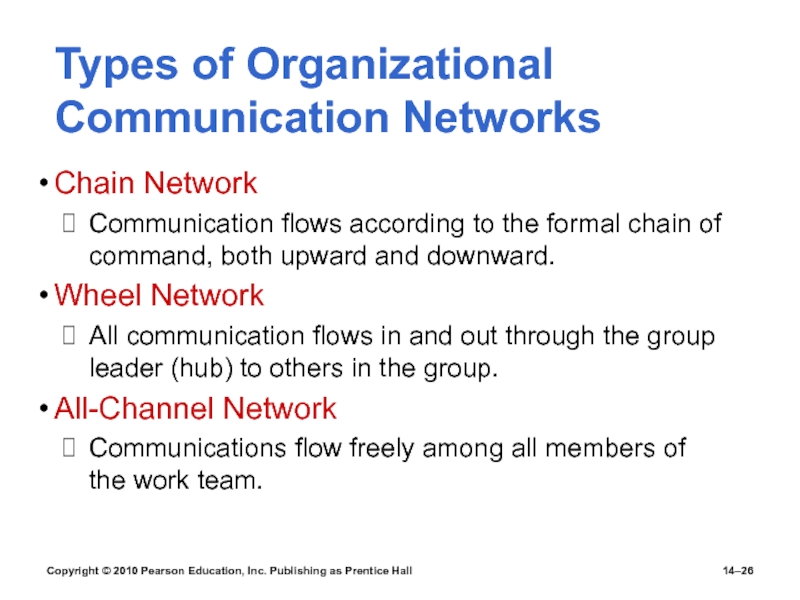
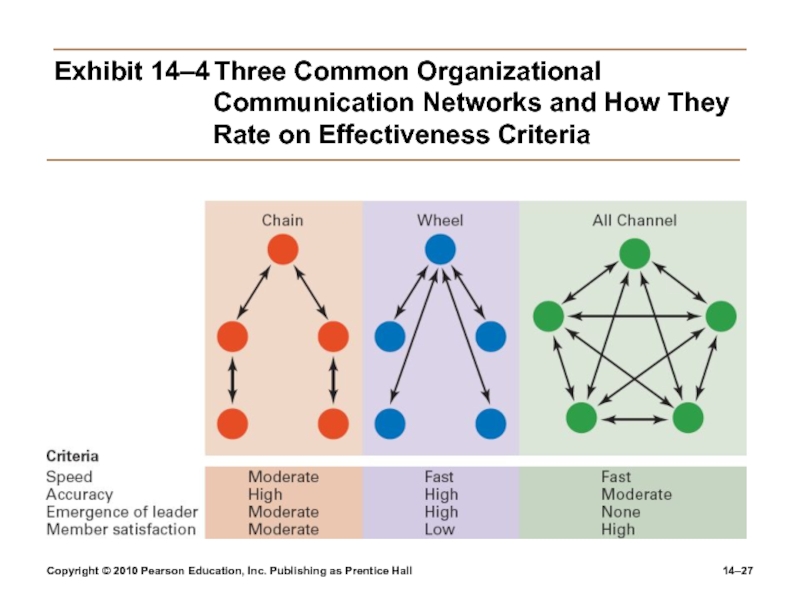
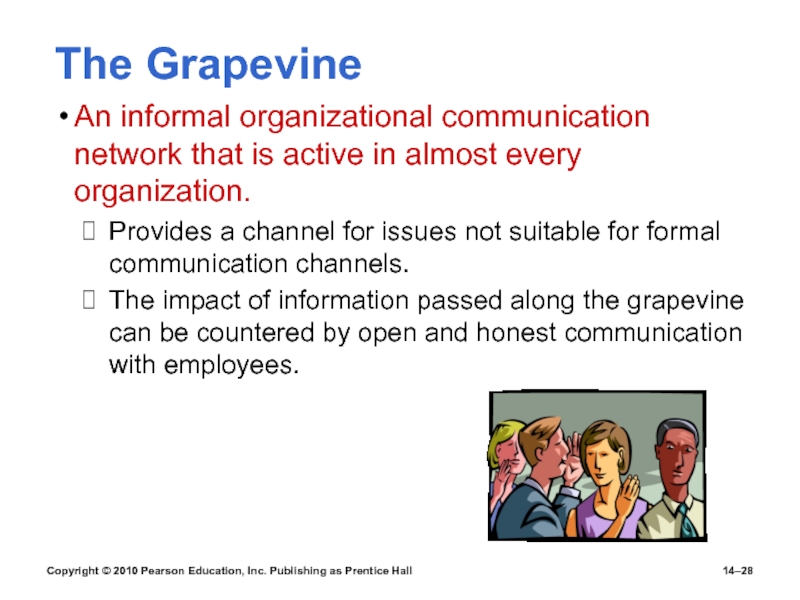
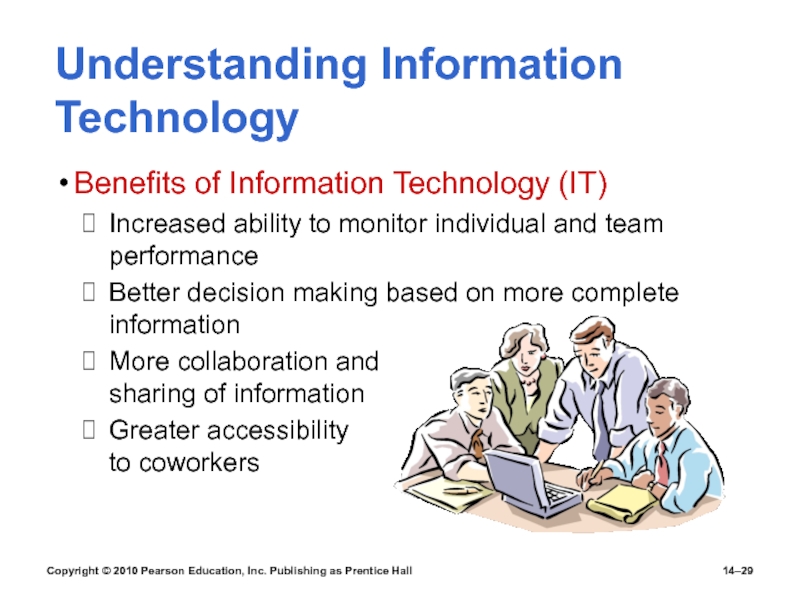

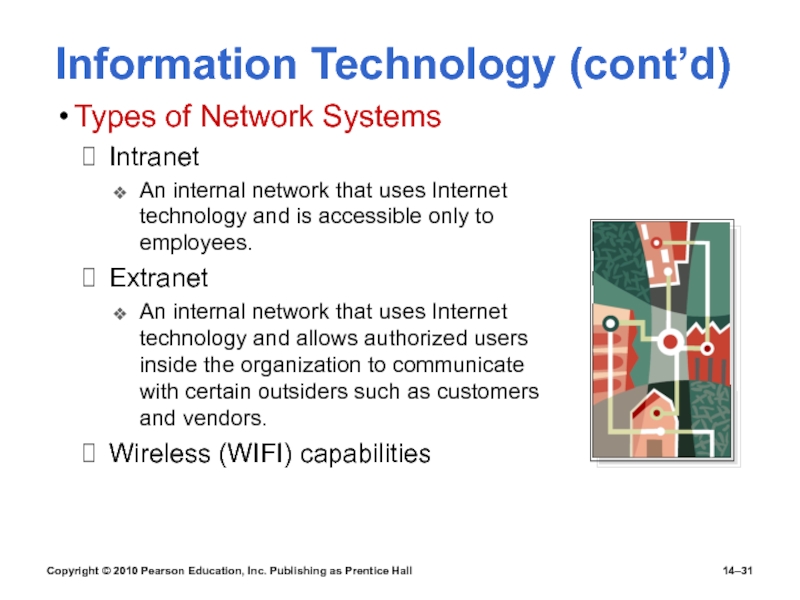
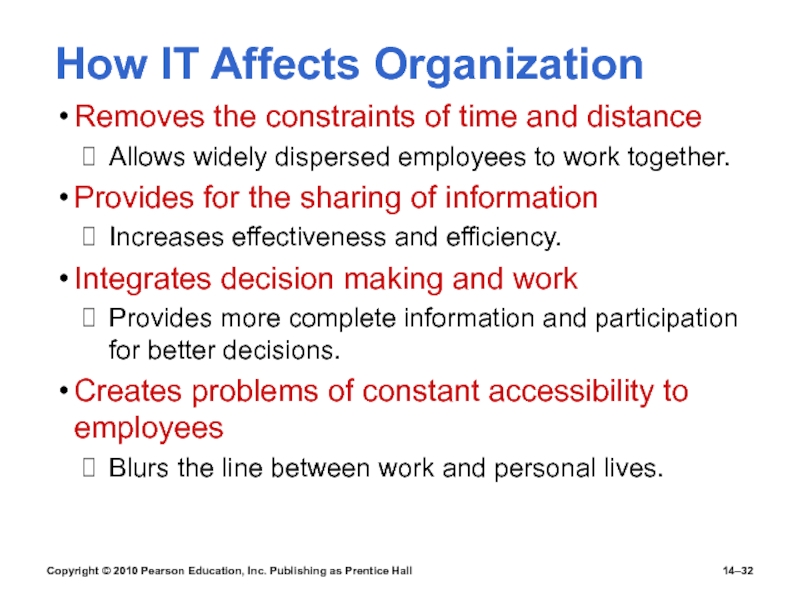

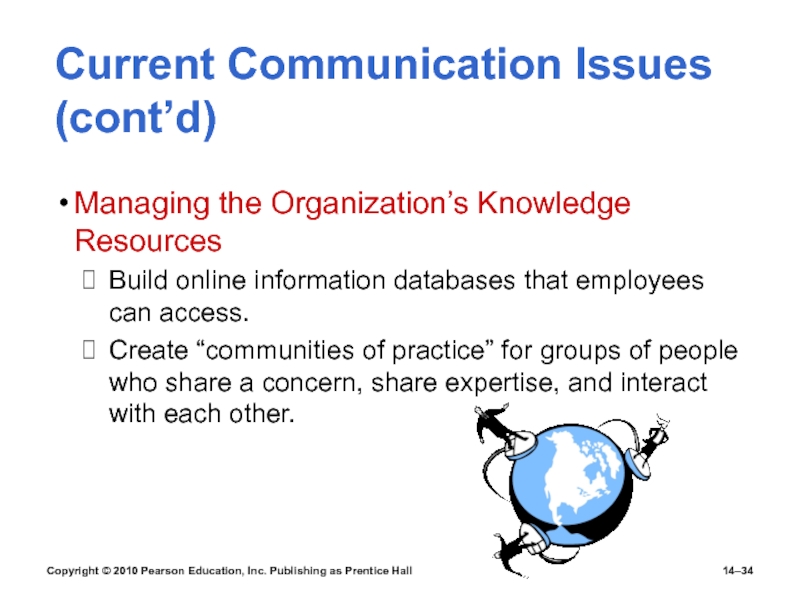
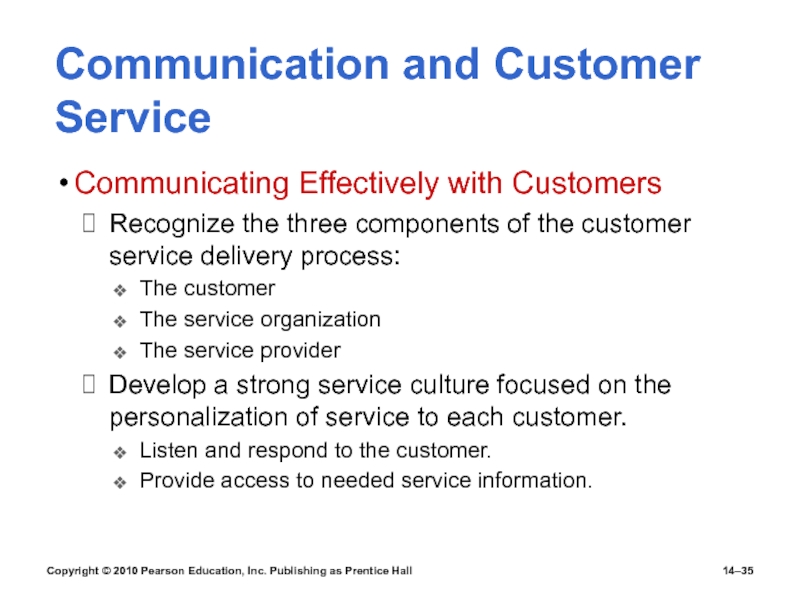

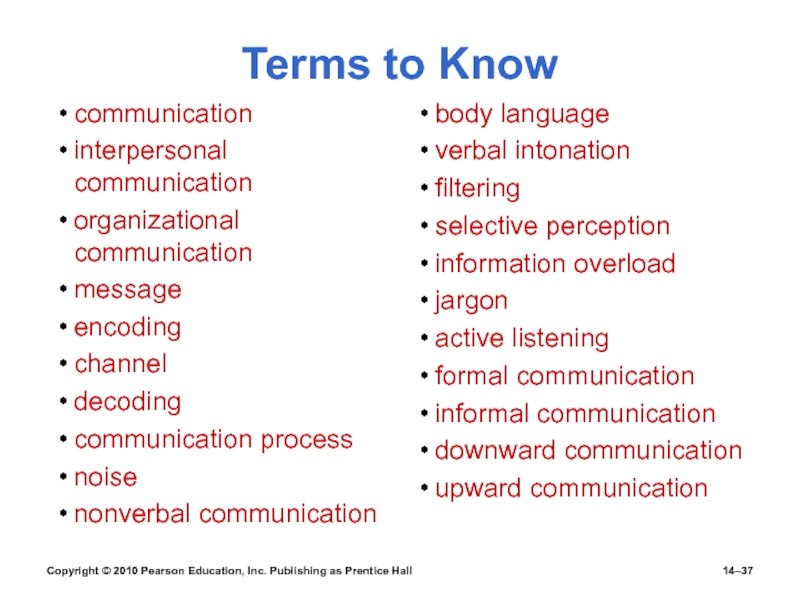



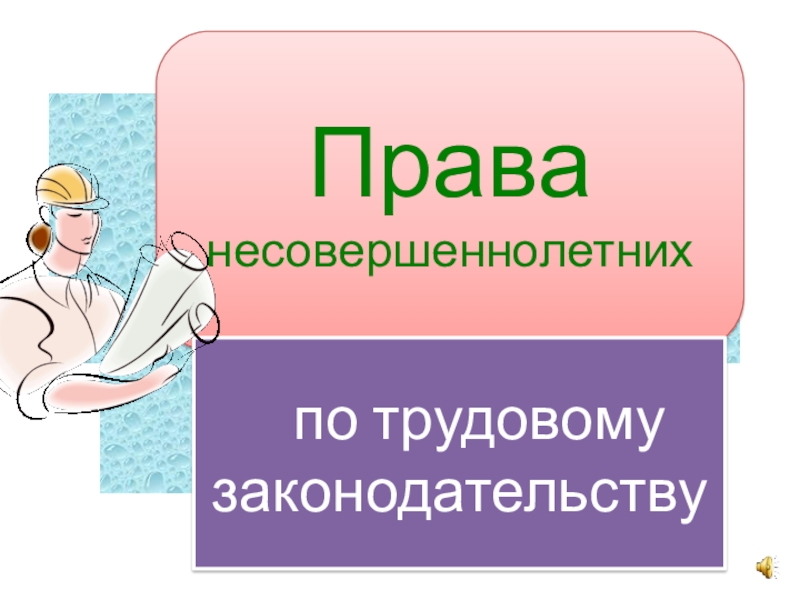


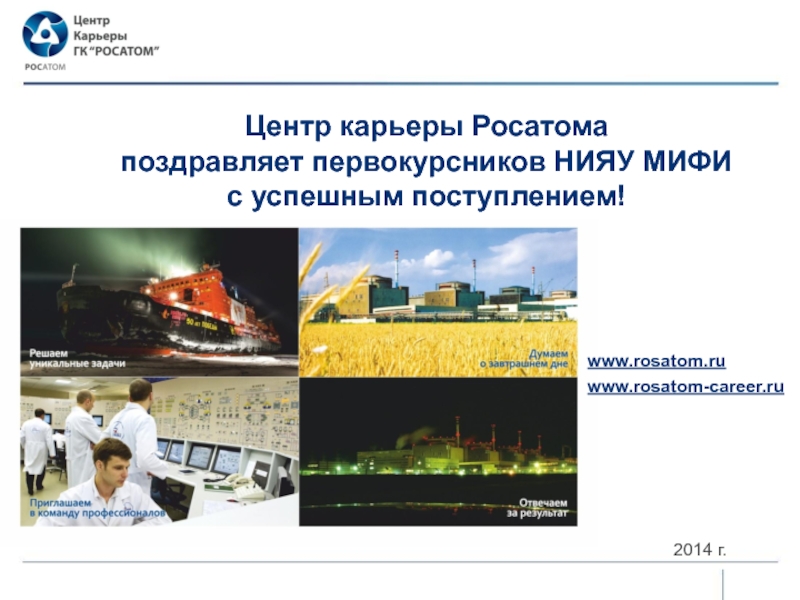
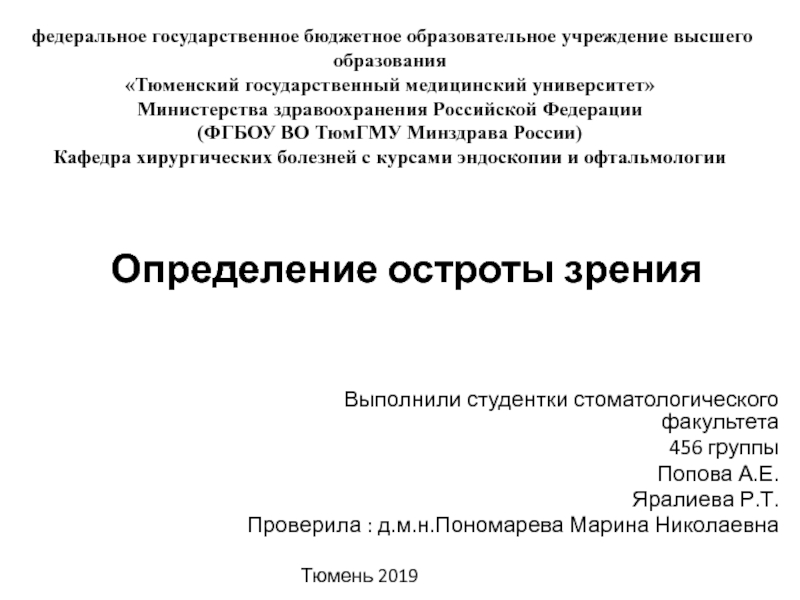
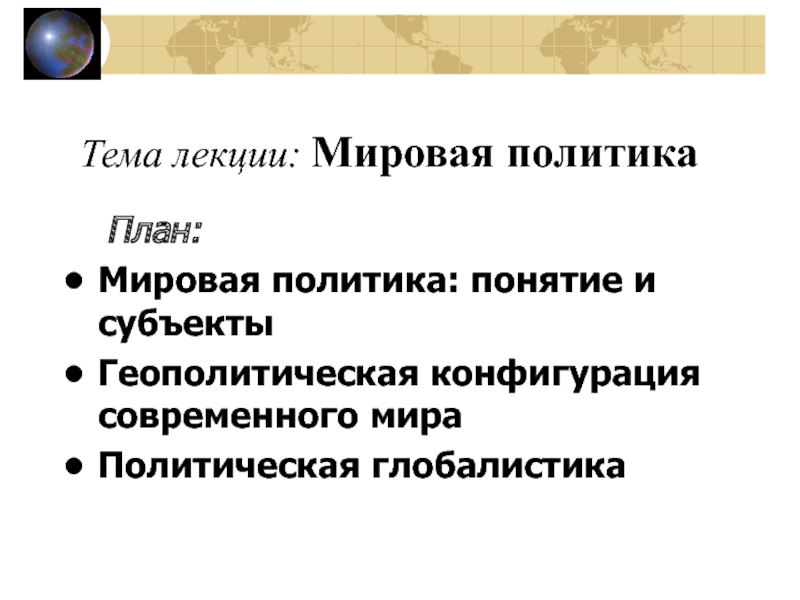

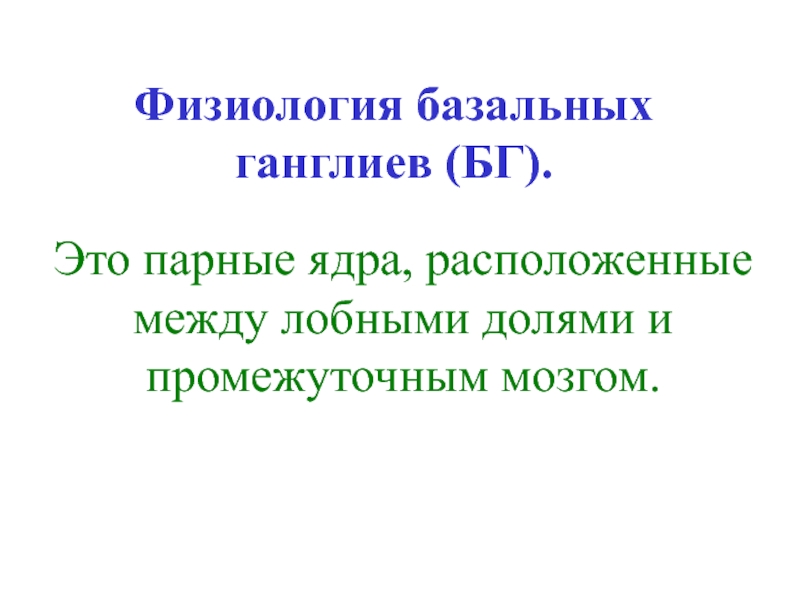

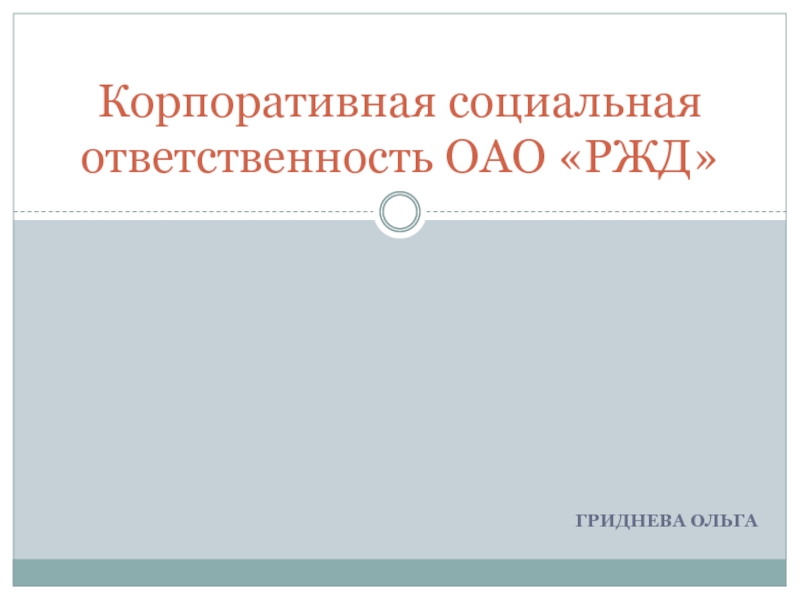

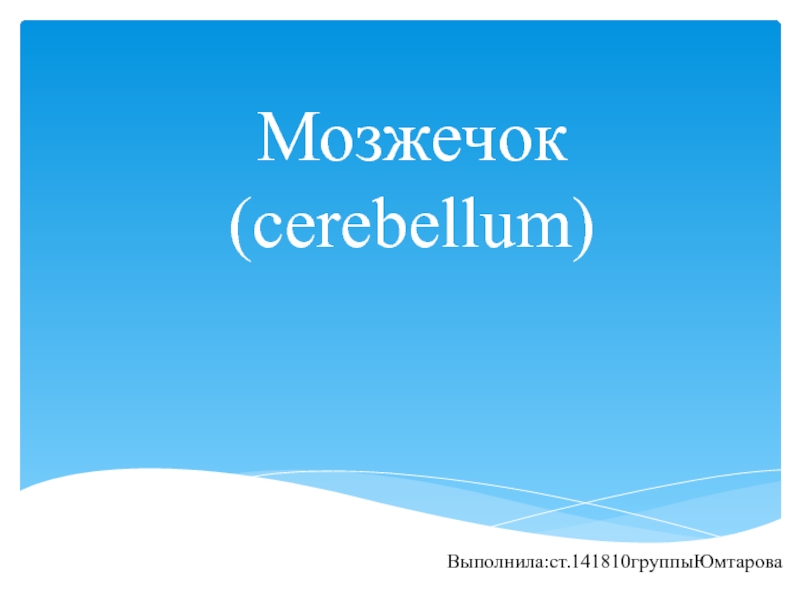



![Согласные звуки [г], [г’] - Буквы Гг](/img/thumbs/0ec2b762572533137713037bdcdb0875-800x.jpg)


